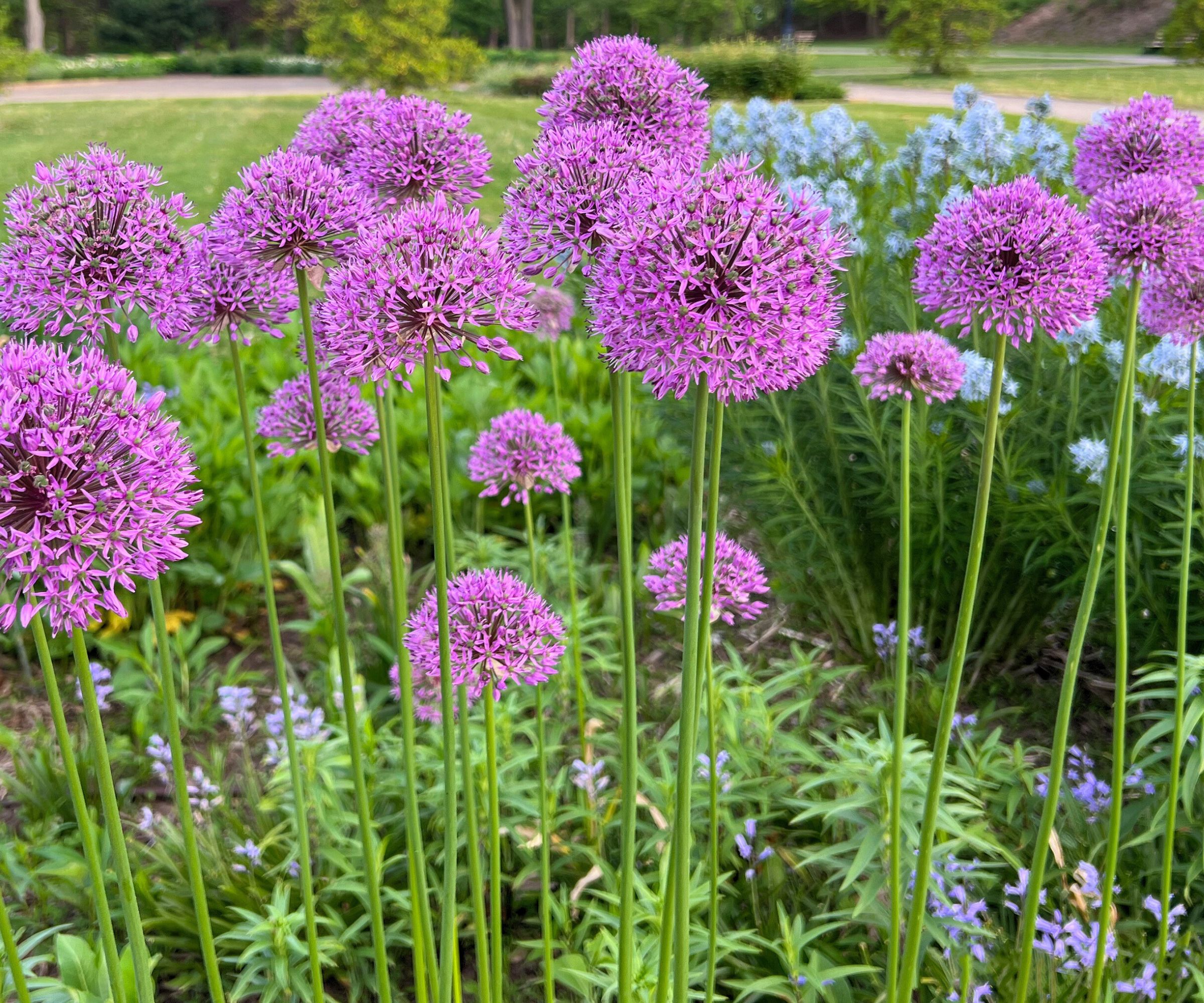Best Drought-Tolerant Plants For Every Landscape
Drought-tolerant plants create a landscape that not only looks great, but is easy to maintain. Here are the best plants to add to your water-wise garden.

Amy Draiss
Plants that naturally survive in your area are the ones best adapted to your soil, climate and rainfall. By selecting plants that either avoid or tolerate dry conditions, a beautiful, thriving landscape can be made possible.
Why Choose Drought-tolerant Landscaping?
Drought-tolerant plants survive long periods of drought by storing water internally or by developing extensive root systems that sink deep into the soil. Many drought-tolerant plants have additional protection through a waxy coating that reduces evaporation or hairs on the leaf surface, which reflects some of the light thereby insulating the plant. Most plants that tolerate drought use several of these features to survive on low amounts of precipitation.
Native plants often are considered more drought tolerant than exotic landscape plants. However, there are also many exotic plants adapted to use in the xeriscape environment. The use of drought-tolerant plants will reduce time and money spent on irrigation. Many of these plants are also tolerant of poor to average soils. Some even prefer poor soils.
Flowers and Plants That Tolerate Drought
While cacti and succulents may have a place in some drought-tolerant gardens, they are not the only alternatives. There are numerous plants found in most landscapes that survive periods of drought. Placing these plants in the garden reduces the need to supply extra water during periods of inadequate rainfall.
- A popular choice for drought-tolerant perennials is sedum, also known as stonecrop. Sedum and many other succulent plants are not only tolerant of drought but favorites in rock gardens.
- Coreopsis and coneflowers are valued for their long blooming periods as well as their drought-resistant properties. These will also tolerate a wide range of soils.
- Lamb's ears provide wonderful texture in rock gardens and spread easily. It is typically grown for its silvery foliage, which has a velvety texture. Because of its velvet-like texture, lamb's ear is very drought tolerant.
- There are numerous types of African daisies that can grow most anywhere and all are very drought tolerant.
Other types of flowers that thrive in arid conditions include:
- Dianthus
- Verbena
- Ageratum
- Marigold
- Ajuga
- Aster
- Gaillardia blanket flower
- Daylily
- Lavender
- Zinnia
- Yucca
- Russian Sage
- Yarrow
- False Sunflower
- Anise Hyssop
- Ornamental Allium
- Bee Balm
- Meadow Sage
- Catmint
- Black-Eyed Susan
- False Indigo
- Milkweed
- Liatris
- Penstemon
- Spotted Deadnettle
- Goldenrod
- Lily of the Nile
- Red hot poker
- Verbena
- Mullein
- Columbine
- Speedwell
- Artichoke thistle
- Shasta Daisy
A number of bulbs, such as irises, alliums, and daffodils, will also do well in dry areas, as most of them go dormant during the summer.

Don't forget to include drought tolerant shrubs, trees, and vines as well. There are a variety of native shrubs and trees that are tolerant of drought as well as those from other areas. For instance, spirea can be used as an ornamental accent in a rock garden or as a low border along a walk or drive. These shrubs are drought tolerant and beautiful. Spirea is also easy to care for in the garden. Another drought-tolerant shrub you can grow nearly anywhere is viburnum. This shrub can be found in many varieties, provides year-round interest and is easy to care for.
Sign up for the Gardening Know How newsletter today and receive a free copy of our e-book "How to Grow Delicious Tomatoes".
Heat-resistant trees for the landscape can include:
Flowering vines that would add vertical interest to a drought tolerant landscape would include:
Drought-tolerant Lawns
From the standpoint of water use, the lawn is the largest and most demanding portion of the landscape. For maximum water use efficiency, lawn size should be limited as much as possible. Bermuda grass, a native of the drylands of Africa, is very drought tolerant. It will go dormant during the summer and revive when rains return in the fall. Once established, this grass will survive without supplemental watering.
You can also consider using drought-tolerant ornamental grasses within the landscape. A few of the choices available include:
There are many types of plants that will survive arid-like conditions. While most of these may be native to your area, others can be found in some of the most unlikely of places. To find the best drought-tolerant plants for your garden, perform some research or check with your local extension office for ideas. You might be amazed at what you'll find. There are actually numerous plants that will grow in nearly any landscape and are tolerant of heat too.

Nikki Tilley has been gardening for nearly three decades. The former Senior Editor and Archivist of Gardening Know How, Nikki has also authored six gardening books.
- Amy DraissDigital Community Manager